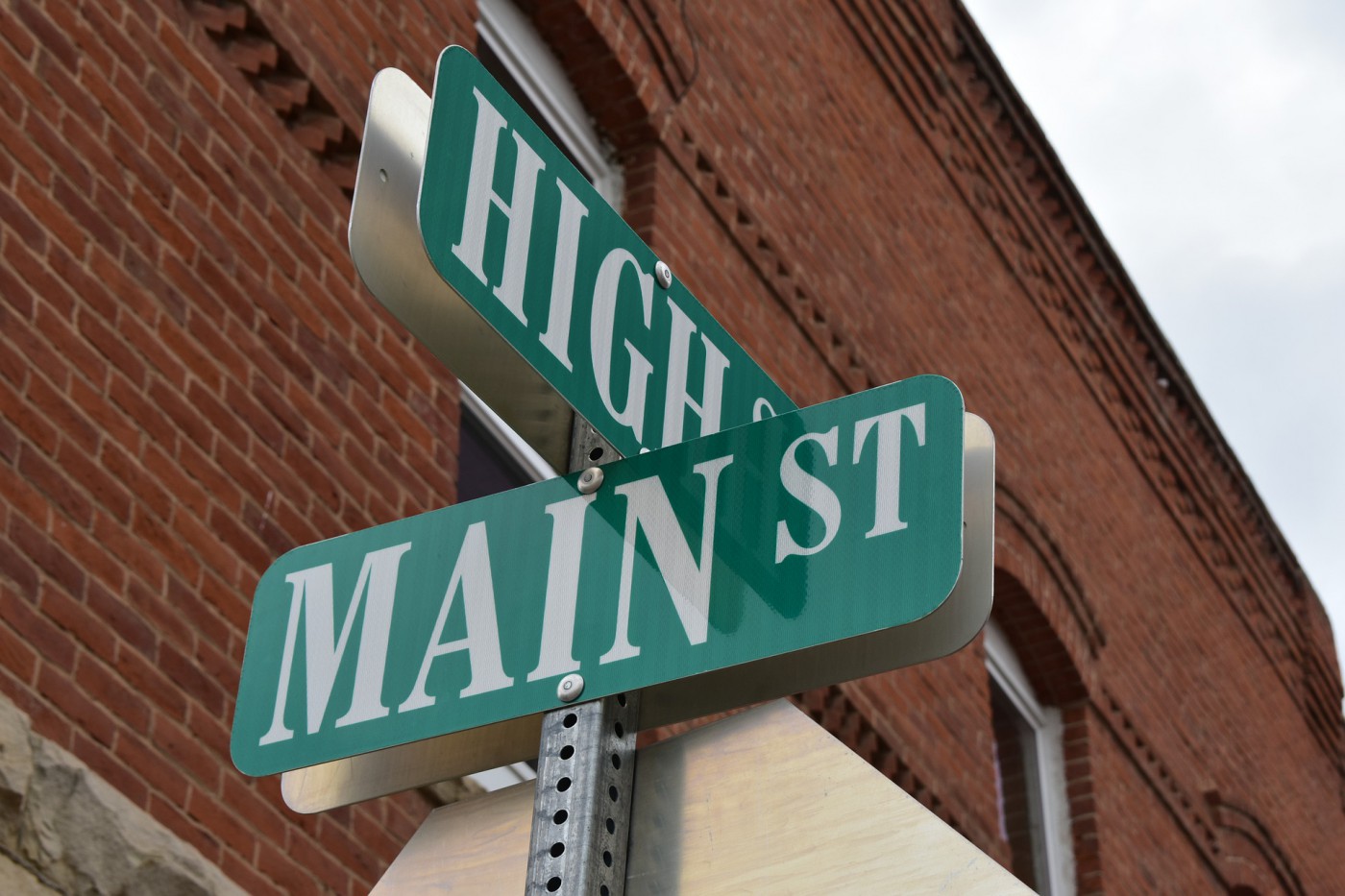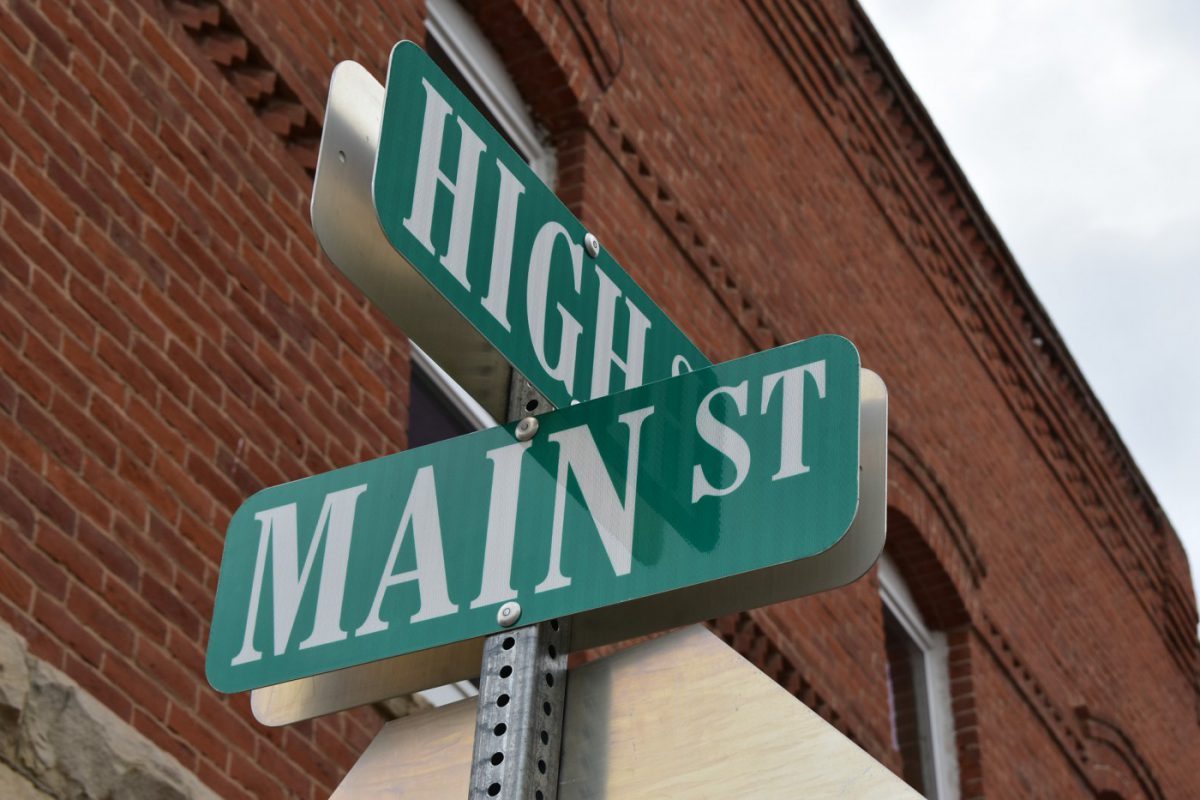 2020 is likely to go down in history as the year that changed the face of high street retail forever. In the last quarter alone, we saw the Acadia Group and Debenhams collapse into administration. With 2,500 and 130 units respectively, the absence of these high street retail giants could leave a significant area of vacant space in town and city centres across the UK. However, to blame the COVID-19 pandemic for the demise of these retailers would be missing the point entirely. High street retail has been in slow decline in the last two decades. What we have witnessed in 2020 is merely an acceleration towards a proverbial cliff edge of near certain inevitability.
2020 is likely to go down in history as the year that changed the face of high street retail forever. In the last quarter alone, we saw the Acadia Group and Debenhams collapse into administration. With 2,500 and 130 units respectively, the absence of these high street retail giants could leave a significant area of vacant space in town and city centres across the UK. However, to blame the COVID-19 pandemic for the demise of these retailers would be missing the point entirely. High street retail has been in slow decline in the last two decades. What we have witnessed in 2020 is merely an acceleration towards a proverbial cliff edge of near certain inevitability.
To curate a high street fit for the future it is worth, first, taking a moment to reflect on what went wrong. Online shopping has revolutionised the consumer’s access to a huge range of choice delivered at incredibly low prices. Platforms including the likes of Amazon, ASOS, Pretty Little Thing, and Boohoo need no introduction, and whilst traditional high street retailers grapple with increasingly unaffordable rents, these online retail giants have become increasingly better at winning over consumers. Whilst it is tempting to shift the entire blame of failing to adapt on to traditional high street retailers, this would be greatly underestimating the complex web of stakeholders involved. And although these observations may seem obvious in the year 2020 they are, in fact, the conclusions of Mary Portas’ independent review into the future of our high street on behalf of the UK Government in 2011. If we didn’t listen then, it seems appropriate that we should heed the “Queen of Shop’s” advice in 2020: don’t save the high street, change it completely.
One solution for vacant retail could be to re-purpose their use to accommodate services that are in higher demand in city centres. In the last year it has been encouraging to see landowners in Oxford city centre putting forward redevelopment schemes that include an increasingly diverse mix of uses other than retail. The closure of the landmark Boswells department store has been proceeded with an exciting planning application submitted by developers Reef Group in partnership with Oxford City Council for a boutique hotel with co-working facilities, a restaurant, bar and rooftop terrace – all of which will be open to the public. Jesus College have recently entered a development agreement with the partners of King Edward St, 27 Beaumont St and 28 Beaumont St surgeries to provide joint accommodation in the basement of the redevelopment of Northgate House. Formerly occupied by River Island, Fat Face, and Carphone Warehouse, this corner plot on Cornmarket Street has been cleared to make way for a new College quad, post graduate accommodation, and teaching spaces, with ground floor retail to create an active frontage. Lothbury Investment Management, owners of the Clarendon Centre, have recently started consultation on proposals for its demolition in light of the surplus retail offering in Oxford since the opening of the Westgate in 2017. Their proposals for redevelopment of the site include student accommodation, office space, laboratories, and new public spaces at ground and roof top levels. With Oxford ranked one of the most unaffordable cities for housing, vacant retail properties in the city centre could provide an opportunity to create affordable housing stock in the most sustainable of locations – amongst people’s places of work and leisure, close to public transport hubs.
So, in answer to the question – how do you curate a high street fit for the post pandemic world? Look beyond retail and take the opportunity to bring a greater diversity of uses into our city centres.
Jack Strickland – Building Refurbishment Management at UKAEA and Chair of G4C Oxford
Get in touch with Jack Strickland on @G4cOxford or LinkedIn


